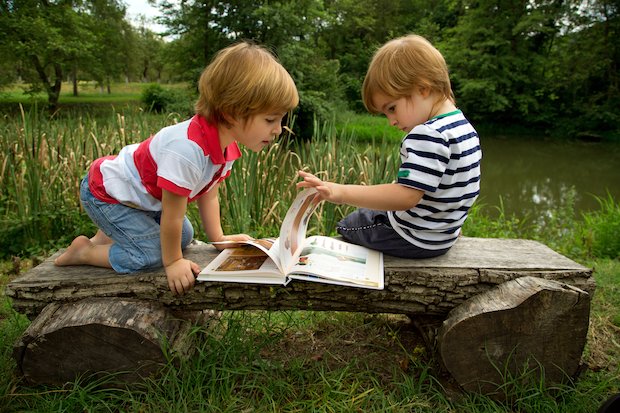Observing, assessing and mapping children’s progress – Part 1
- 5 Stars
Add to My Folder
Advisory consultant in early education
One of the joys and privilege of working with young children is to observe them as they play, talk, think and learn. Watching children gives us a real insight into their lives; their thinking; their emotions and their unique personalities. It is our window into their development and our invitation to play alongside, joining in as a play partner, a co-constructor and as a teacher.
(We are all teachers – anyone who enters the lives of young children is a teacher as they play, talk, support and extend development and learning).

It cannot, of course, be very easy for us to gain a clear idea of what the world is like to a very young child, just because it must be so different from our own. But by patient listening to the talk of even little children, and watching what they do, with the one purpose of understanding them, we can imaginatively feel their fears and angers, their bewilderments and triumphs; we can wish their wishes, see their pictures and think their thoughts.
(Isaacs’s, 1929 p15)
Published 31 August 2016
Reviews
Rated 5/5 from 2 ratings
You need to be signed in to place a review.